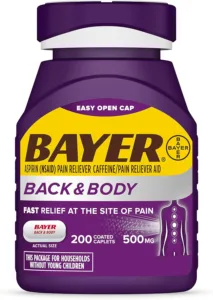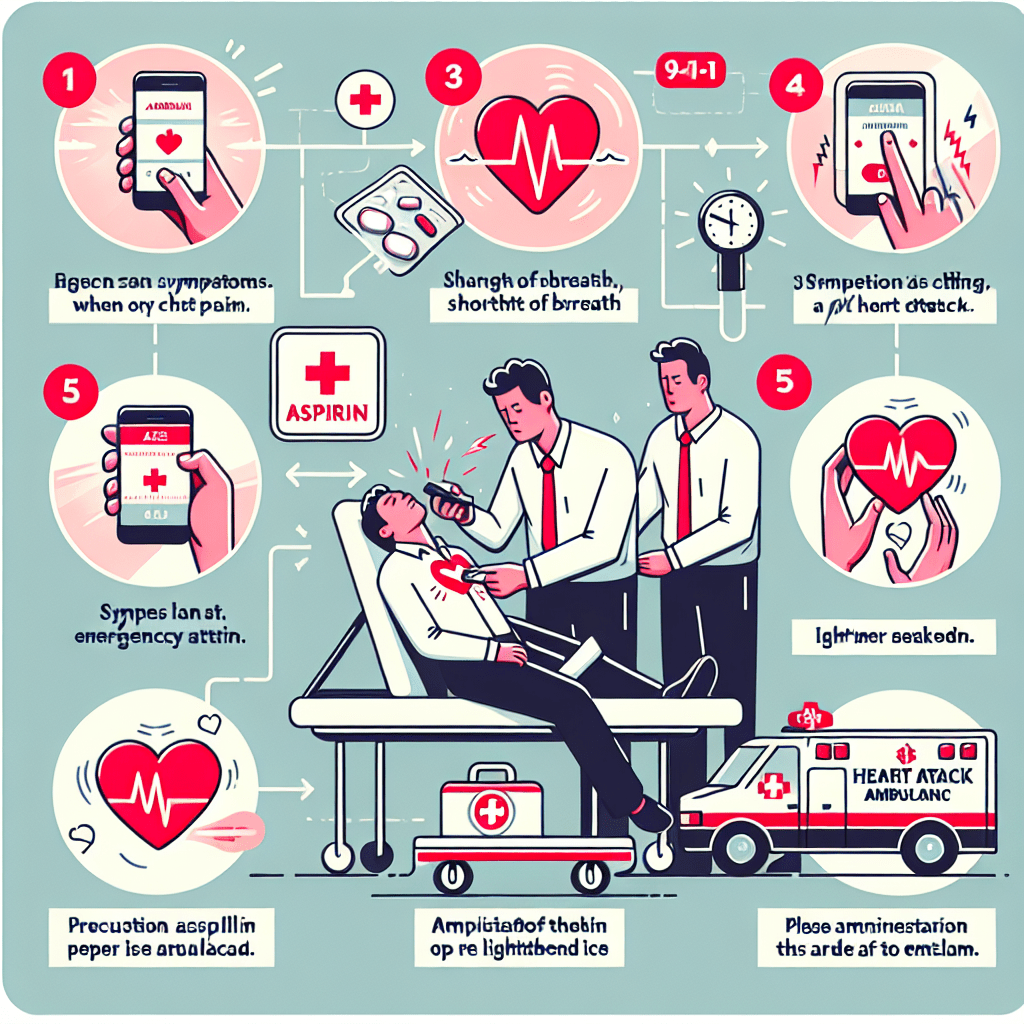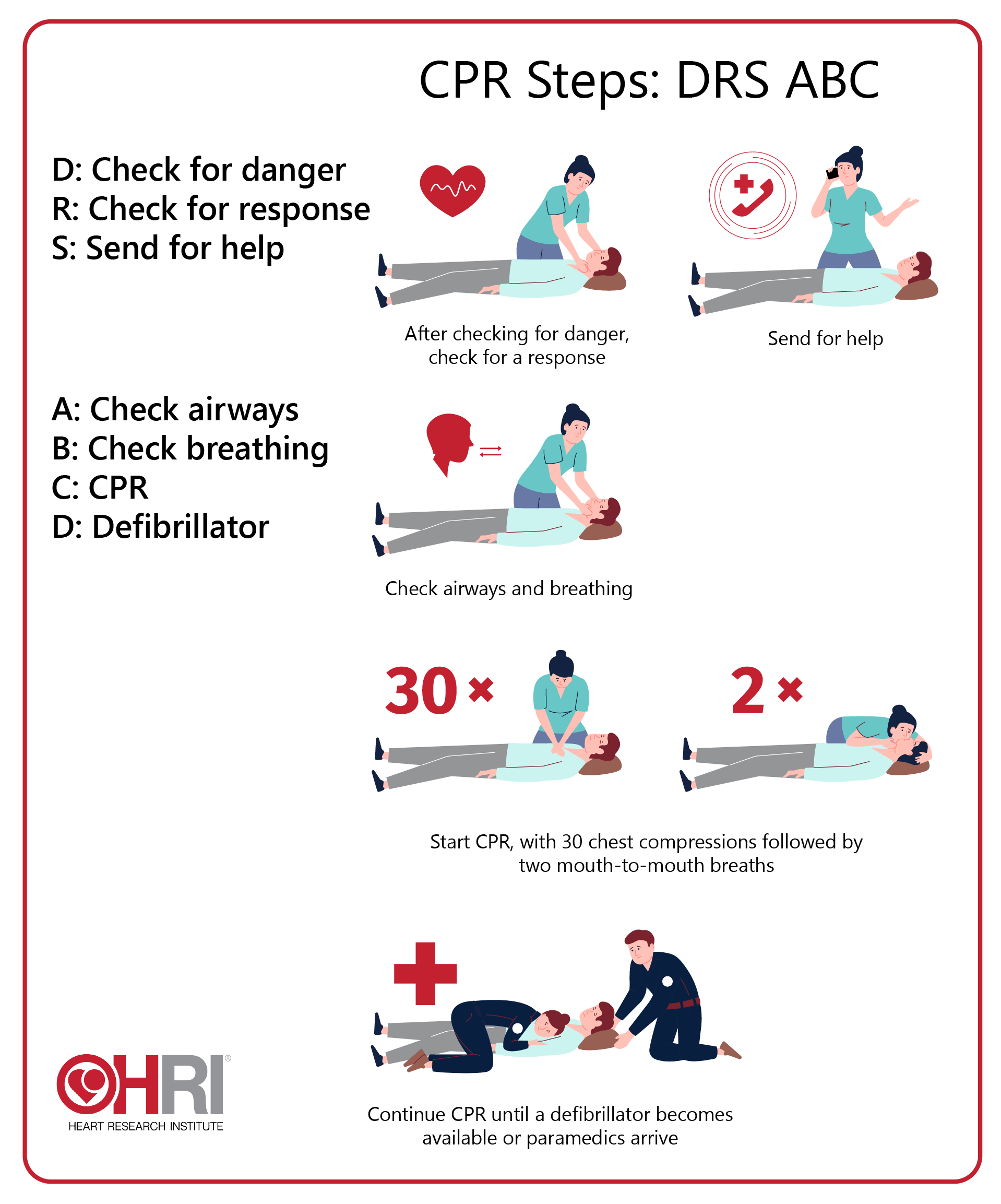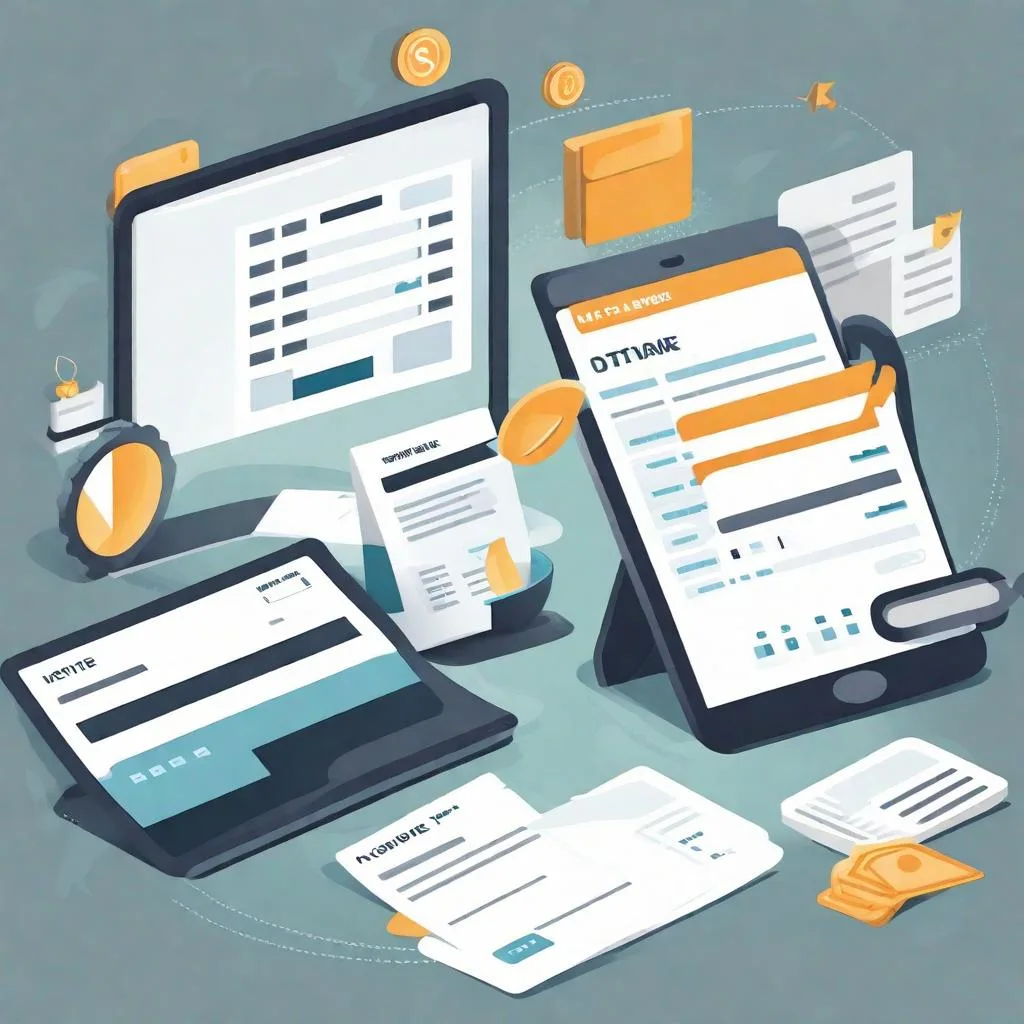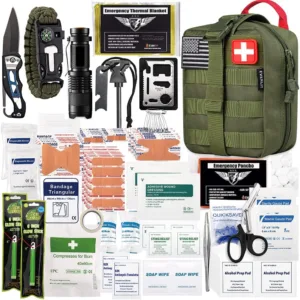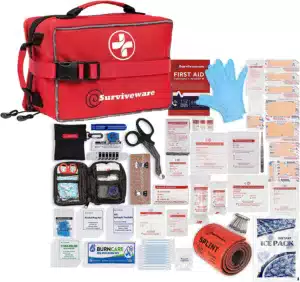All the information on this website is published in good faith and for general information purpose only. blog.medihertz.com does not make any warranties about the completeness, reliability and accuracy of this information.Read Our Disclaimer
Table of Contents
What to do if Someone is Having a Heart Attack
If someone is having a heart attack, it is crucial to act quickly and seek immediate medical attention. Time is of the essence in such situations, and prompt action can potentially save a person’s life.
Recognizing the Symptoms of a Heart Attack
A heart attack is a serious medical emergency that requires immediate attention. It occurs when the blood flow to the heart is blocked, usually by a blood clot. Recognizing the symptoms of a heart attack is crucial in order to seek prompt medical help and potentially save a life.
The most common symptom of a heart attack is chest pain or discomfort. This pain is often described as a feeling of pressure, squeezing, or fullness in the chest. It may also radiate to the arms, shoulders, neck, jaw, or back. The chest pain associated with a heart attack is usually persistent and does not go away with rest or medication.
In addition to chest pain, other symptoms may also be present. These can include shortness of breath, lightheadedness, nausea, vomiting, and cold sweats. Some people may experience a sense of impending doom or anxiety. It is important to note that not everyone experiences the same symptoms, and some individuals may have atypical symptoms or no symptoms at all.
If you suspect that someone is having a heart attack, it is crucial to act quickly. Time is of the essence when it comes to treating a heart attack, as the longer the heart is deprived of oxygen, the more damage can occur. Call emergency services immediately and inform them of the situation. Do not hesitate or wait to see if the symptoms improve on their own.
While waiting for medical help to arrive, there are a few things you can do to assist the person experiencing a heart attack. First and foremost, encourage them to sit down and rest. This can help reduce the workload on the heart and minimize the risk of complications. If the person is conscious and able to swallow, you may also give them a dose of aspirin. Aspirin helps to thin the blood and can potentially prevent further clotting.
It is important to stay with the person and provide reassurance. Remaining calm and supportive can help alleviate their anxiety and stress. Avoid leaving them alone, as this can worsen their emotional state and potentially lead to further complications.
While it is natural to want to drive the person to the hospital yourself, it is generally recommended to wait for emergency medical services to arrive. Ambulance personnel are trained to handle medical emergencies and can provide immediate care and treatment. They also have the necessary equipment and medications to stabilize the person’s condition.
In conclusion, recognizing the symptoms of a heart attack is crucial in order to seek prompt medical help. Chest pain, shortness of breath, and other associated symptoms should not be ignored. Acting quickly by calling emergency services and providing support can potentially save a life. Remember, time is of the essence when it comes to treating a heart attack, so do not hesitate to seek help.
Also Read- How To Tell If Shortness Of Breath Is From Anxiety Or Heart Problems
Immediate Steps to Take When Someone is Having a Heart Attack
Knowing what to do in such a situation of Heart attack, can potentially save someone’s life. If you find yourself in the presence of someone experiencing a heart attack, it is crucial to remain calm and take immediate action.
The first step is to call emergency services right away. Dial the emergency number in your country, such as 911 in the United States, and provide them with all the necessary information. Stay on the line and follow any instructions given by the operator. Remember, time is of the essence in a heart attack situation, so prompt medical assistance is vital.
While waiting for the ambulance to arrive, it is important to keep the person as comfortable as possible. Help them sit down or lie down, whichever is more comfortable for them. Loosen any tight clothing, such as a tie or belt, to ensure they can breathe easily. If the person is conscious, reassure them and let them know that help is on the way.
If the person is unconscious and not breathing, you may need to perform cardiopulmonary resuscitation (CPR). Begin by checking for a pulse and signs of breathing. If there is no pulse and the person is not breathing, start CPR immediately. Place the heel of one hand on the center of the person’s chest, between the nipples. Place your other hand on top of the first hand and interlock your fingers. Position yourself directly over the person’s chest and begin compressions. Push hard and fast, aiming for a rate of about 100-120 compressions per minute. After every 30 compressions, give two rescue breaths by tilting the person’s head back slightly and lifting their chin. Pinch their nose shut and cover their mouth with yours, creating an airtight seal. Give two breaths, each lasting about one second. Continue this cycle of compressions and breaths until medical help arrives or the person starts showing signs of life.
It is important to note that if you are not trained in CPR, it is best to focus on providing comfort and support until medical professionals arrive. Attempting CPR without proper training can potentially do more harm than good.
In addition to calling emergency services and providing comfort, it may be helpful to ask the person if they have any prescribed medication for a heart condition. If they do, assist them in taking it as directed. However, do not give them any medication that is not prescribed to them, as it could worsen the situation.
Remember, every second counts during a heart attack. Acting quickly and efficiently can greatly increase the chances of a positive outcome. Stay calm, call emergency services, provide comfort, and, if trained, perform CPR. By taking these immediate steps, you can potentially save a life.
Source- HRI
Also Read- What does a Mediterranean Diet consist of: Mediterranean Diet and Heart Health
Performing CPR and Using an Automated External Defibrillator (AED)
Performing CPR and Using an Automated External Defibrillator (AED)
When someone is having a heart attack, time is of the essence. Immediate action can mean the difference between life and death. In this section, we will discuss the crucial steps of performing CPR and using an Automated External Defibrillator (AED) to provide the necessary emergency care.
Cardiopulmonary Resuscitation (CPR) is a life-saving technique that can help maintain blood flow and oxygenation to the vital organs until professional medical help arrives. It involves a combination of chest compressions and rescue breaths. If you witness someone experiencing a heart attack, follow these steps to perform CPR:
1. Assess the situation: Ensure that the area is safe for both you and the victim. Check if the person is responsive and breathing. If they are unresponsive and not breathing or only gasping, it is likely a cardiac arrest situation.
2. Call for help: Dial emergency services immediately or ask someone nearby to do so. Time is critical, and professional medical assistance is essential.
3. Begin chest compressions: Place the heel of one hand on the center of the person’s chest, between the nipples. Place your other hand on top of the first hand, interlacing your fingers. Keep your elbows straight and position your shoulders directly above your hands. Push hard and fast, aiming for a depth of at least two inches. Perform compressions at a rate of 100-120 per minute.
4. Provide rescue breaths: After 30 compressions, tilt the person’s head back slightly and lift their chin. Pinch their nose shut and create a seal over their mouth with yours. Give two rescue breaths, each lasting about one second. Watch for the chest to rise with each breath.
5. Continue cycles of compressions and breaths: Repeat the cycle of 30 compressions followed by two breaths until professional help arrives or an AED becomes available.
An Automated External Defibrillator (AED) is a portable device that can analyze a person’s heart rhythm and deliver an electric shock if necessary. AEDs are designed to be user-friendly and can greatly increase the chances of survival for someone experiencing a heart attack. Here’s how to use an AED:
1. Turn on the AED: Most AEDs have a power button that needs to be pressed to activate the device. Once turned on, the AED will provide voice prompts to guide you through the process.
2. Expose the person’s chest: Remove any clothing or jewelry that may interfere with the AED pads. Ensure the person’s chest is dry, as moisture can affect the AED’s ability to analyze the heart rhythm accurately.
3. Attach the pads: Peel the backing off the AED pads and place them on the person’s bare chest. Follow the visual or voice prompts on the AED to ensure correct pad placement.
4. Stand clear and analyze the heart rhythm: Once the pads are attached, the AED will analyze the person’s heart rhythm. Ensure that no one is touching the person during this analysis.
5. Follow the AED prompts: Based on the analysis, the AED will provide voice prompts on whether or not to deliver a shock. If a shock is advised, ensure that no one is touching the person and press the shock button as instructed.
6. Resume CPR: After delivering a shock, immediately resume CPR, starting with chest compressions. Continue to follow the AED’s prompts until professional medical help arrives.
Remember, performing CPR and using an AED can significantly increase the chances of survival for someone experiencing a heart attack. By taking immediate action and following these steps, you can potentially save a life.
Also Read- Higher consumption of low-calorie sweetener linked to greater heart attack, stroke risks: Study
Source- Care Insurance
Seeking Medical Help and Post-Heart Attack Care
Once you have recognized the signs of a heart attack and called emergency services, it is important to stay with the person until help arrives. Reassure them and try to keep them calm. It can be a frightening experience, and your presence and support can make a significant difference. Encourage them to sit down and rest, as this can help reduce the strain on their heart.
When the paramedics arrive, provide them with all the necessary information about the person’s condition. Be prepared to answer questions about the symptoms, when they started, and any relevant medical history. This information will assist the medical professionals in providing the appropriate care.
Upon arrival at the hospital, the person having a heart attack will undergo a series of tests to determine the extent of the damage and the best course of treatment. These tests may include an electrocardiogram (ECG), blood tests, and a coronary angiogram. The ECG records the electrical activity of the heart, while blood tests can detect certain enzymes that are released when the heart muscle is damaged. A coronary angiogram involves injecting a dye into the arteries to identify any blockages.
Based on the results of these tests, the medical team will decide on the most suitable treatment plan. This may involve medication, such as blood thinners or beta-blockers, to prevent further damage and manage symptoms. In some cases, a procedure called angioplasty may be necessary to open blocked arteries and restore blood flow to the heart. In more severe cases, bypass surgery may be required to create new pathways for blood to reach the heart.
After a heart attack, it is crucial to make lifestyle changes to reduce the risk of future heart problems. This includes adopting a heart-healthy diet, engaging in regular exercise, quitting smoking, and managing stress. It is also important to take prescribed medications as directed and attend follow-up appointments with healthcare professionals.
Cardiac rehabilitation programs can be immensely beneficial for individuals recovering from a heart attack. These programs provide education, support, and supervised exercise to help patients regain their strength and confidence. They also offer guidance on making necessary lifestyle changes and managing risk factors.
In addition to physical recovery, emotional well-being is equally important after a heart attack. It is common for individuals to experience anxiety, depression, or fear of another heart attack. Seeking support from loved ones, joining support groups, or speaking with a mental health professional can help address these emotional challenges.
In conclusion, seeking immediate medical help is crucial when someone is having a heart attack. Staying with the person, calling emergency services, and providing necessary information are essential steps. Once at the hospital, a series of tests will be conducted to determine the best course of treatment. Lifestyle changes, medication, and cardiac rehabilitation are vital for post-heart attack care. Emotional well-being should also be addressed, as the recovery process can be emotionally challenging. By following these steps and seeking appropriate care, individuals can improve their chances of recovery and reduce the risk of future heart problems.
Conclusion
If someone is having a heart attack, it is crucial to take immediate action. Call emergency services or ask someone nearby to do so. Encourage the person to sit down and rest, while keeping them calm. If they are conscious and not allergic to aspirin, help them chew and swallow a regular aspirin. Do not leave the person alone until medical help arrives.
Free Tools By Medihertz
Follow us on
E Mail us
Donate and support us for this Wonderful Cause.
Your Smallest Effort Can help us
Create a Better World.

Or, Just Pay For A coffee To Medihertz

Further Read
Success is a concept that has been sought after by individuals and societies throughout history. It is often defined as the achievement of one’s goals or the attainment of wealth, fame, or power. However, success can have different meanings for different people. Some may see it as reaching a certain level of financial stability, while others may view it as finding happiness and fulfillment in their personal lives. Regardless of how it is defined, success is a universal desire that drives individuals to work hard and strive for greatness. In this essay, we will explore the various aspects of success and how it can be achieved. Read More
When it comes to enhancing your mental wellbeing, various studies have presented compelling evidence supporting the implementation of five crucial steps. By consciously incorporating these practices into your daily routine, you can effectively elevate your mental health and overall sense of wellbeing. Engaging in these activities has the potential to foster a more positive outlook on life, enabling you to fully embrace its opportunities and experiences. Read More

